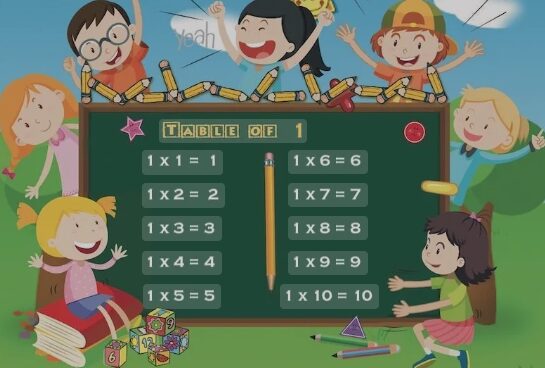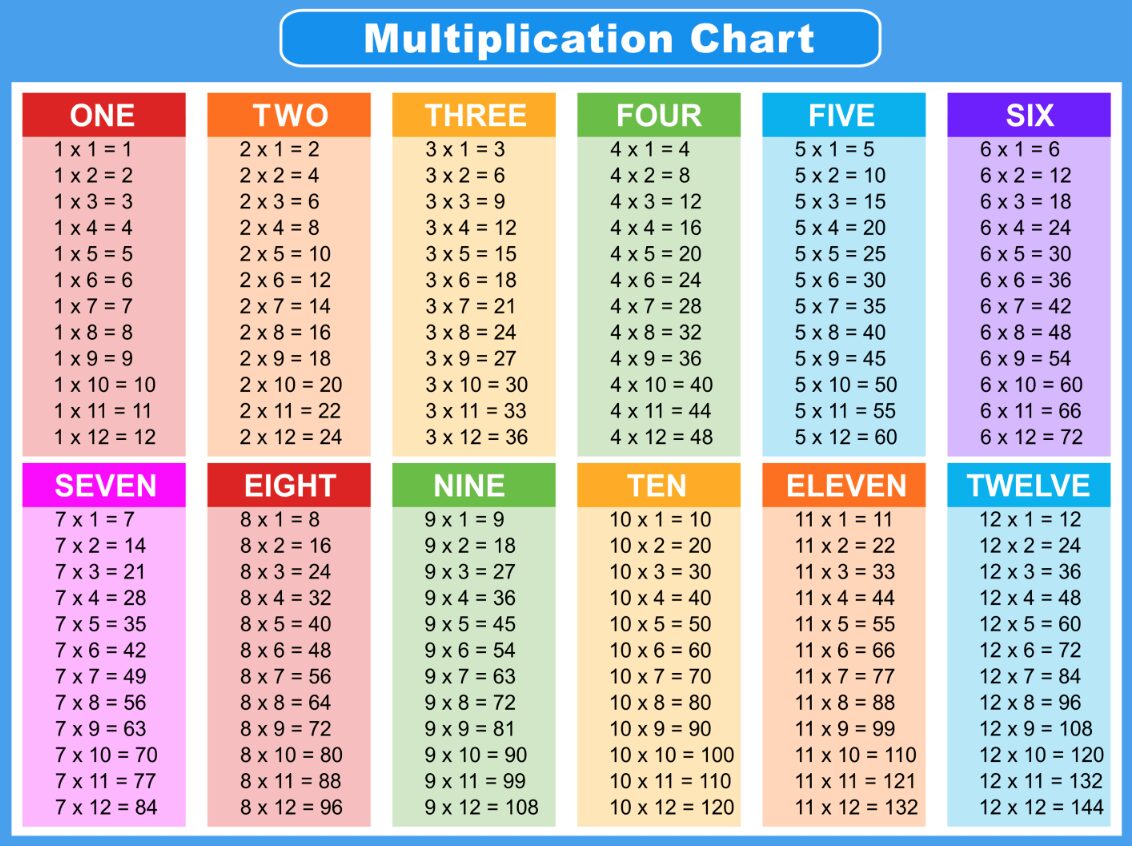🔢 Interactive Times Table Chart – A Fun & Easy Way to Learn Multiplication
The times table is a foundational part of math education, especially for elementary school students. Mastering multiplication not only boosts math skills but also improves logical thinking and number fluency. However, memorizing multiplication tables the traditional way can often feel boring or overwhelming.
Learning multiplication tables is a big step in primary school math. Knowing your times tables helps you solve problems faster — both in the classroom and in everyday life, like when shopping, cooking, or playing games.
🎯 That’s why we built this Interactive Times Table Tool!
Designed to be simple, visual, and completely free, this tool helps students, parents, and teachers engage with multiplication in a smarter, more effective way.
✅ Key Features:
-
Select any table from 1 to 12: Choose individual or multiple multiplication tables at once for targeted learning or comparison.
-
Clear and organized display: Each table is presented in a neat column layout, making it easy to follow and understand.
-
Fully responsive design: Works seamlessly on desktops, tablets, and smartphones.
-
No login required – No distractions.
👩🏫 Who is this tool for?
-
Students learning or reviewing multiplication.
-
Parents helping their kids practice math at home.
-
Teachers looking for a classroom-friendly visual aid.
-
Anyone who wants a quick, clean, and interactive multiplication chart.
🧠 Tips for Learning Multiplication:
-
Practice one table at a time and use visuals to reinforce memory.
-
Read aloud, write down, and test yourself regularly for faster recall.
-
Use this tool daily as a quick, game-like challenge to improve speed and accuracy.
-
Compare nearby tables (like 5× and 6×, or 9× and 10×) to spot patterns and shortcuts.
💡 Helpful Tips for Learning Faster
Not every child finds multiplication easy — and that’s perfectly okay! Here are some tricks to help you remember the answers more easily:
✔️ Put the smaller number first
For example, 4 × 9 might feel easier than 9 × 4. The answer is the same, but it can be simpler to solve when the smaller number comes first.
✔️ Break down the hard ones using what you know
Let’s say you’re stuck on 6 × 7. Try this:
-
Do 5 × 7 = 35, then add 1 × 7 = 7
-
35 + 7 = 42
Or try this with 4 × 7:
-
Do 5 × 7 = 35, then subtract 1 × 7 = 7
-
35 − 7 = 28
❓ Why Are Times Tables Important?
Multiplication tables come up again and again — not just in primary school, but also in secondary school and everyday life. You may not see them written out as full tables later on, but they’ll be hiding inside more complex math problems.
Being confident with your times tables helps you solve problems more quickly and makes math a lot easier!
❓ Frequently Asked Questions (FAQ)
1. What are multiplication tables?
Multiplication tables show the results of multiplying two numbers together. They help you quickly figure out answers without using a calculator.
2. Why do I need to learn times tables?
Times tables are used in all kinds of math problems, both at school and in real life — like calculating prices, measuring ingredients, or dividing things equally.
3. What’s the best way to learn my tables?
Start with the easy ones (1, 2, 5, and 10), then move on to the harder ones. Practice a little every day, use songs, flashcards, games, or apps to make it fun!
4. What if I find multiplication hard?
That’s completely normal. Try breaking harder problems into smaller steps or use tables you already know to figure out the answer (like turning 6 × 7 into 5 × 7 + 1 × 7).
5. How long does it take to learn all the tables?
It’s different for everyone. With daily practice, most students learn all their times tables within a few months. The key is practice and patience!
6. When will I use times tables in real life?
All the time! Whether you’re buying food, splitting a bill, baking, or planning a trip, multiplication helps you calculate quickly and make smart decisions.
7. Should I learn tables in order or at random?
Start in order to build confidence. Once you know them, practice the tables in random order to be sure you really know them well.
8. What’s the hardest times table?
Many students find the 6, 7, 8, and 9 times tables trickier. But with regular practice, they become just as easy as the others.
🚀 Start Learning Today
With just a few clicks, you can turn multiplication practice into a fun and effective experience. This tool is completely free and designed to grow with your learning needs.
👉 Explore the times tables in a smarter way – try it now!

